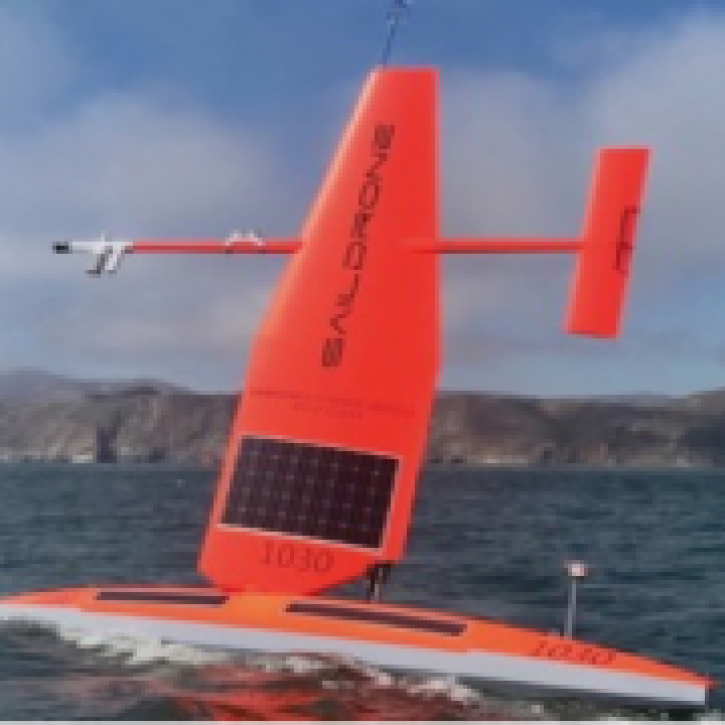Access a range of datasets and data tools to further your research into coastal processes.
Complex environmental processes shape the coastlines of Earth’s land masses. Water and winds sculpt beaches, cliffs, and other landforms through erosion and sedimentation. Weather events, human activity, and changes in sea levels can also shape the coastline in significant ways.
Coastal landforms support important ecosystems and often protect inland areas from flooding. These habitats may flourish or deteriorate based on coastal processes. When coastal ecosystems are disrupted, it can have drastic negative effects on plant and animal life, human settlements near the coastline, and the fishing and shipping industries.
NASA’s Earth-observing satellites collect data about how coasts change over time, providing vital insight into the processes that shape these landforms. Researchers use these data products to study coastal environments, understand the interactions between the land and the ocean, and come up with ways to better prepare for natural disasters.
Learn How to Use Coastal Processes Data
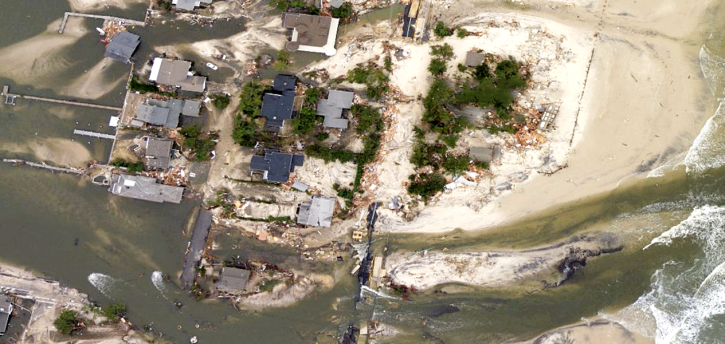
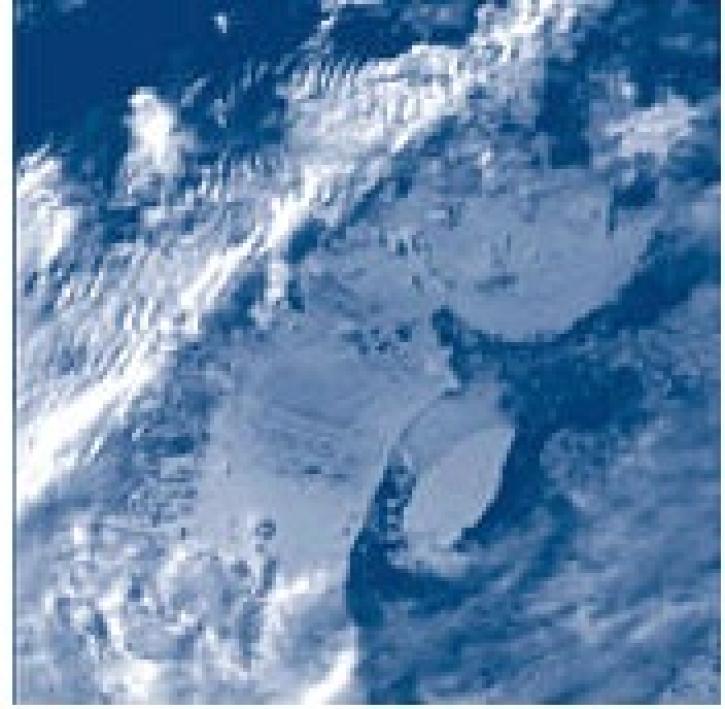
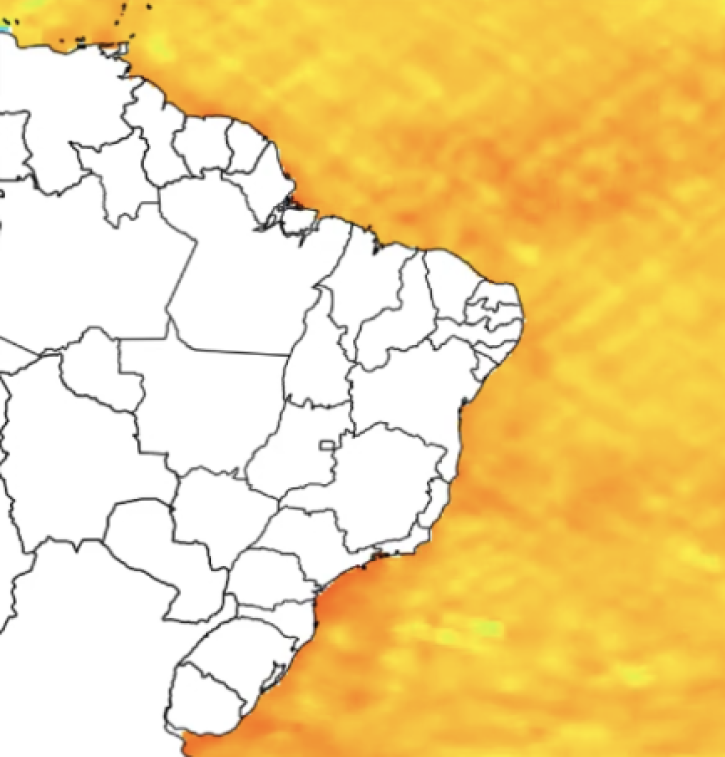
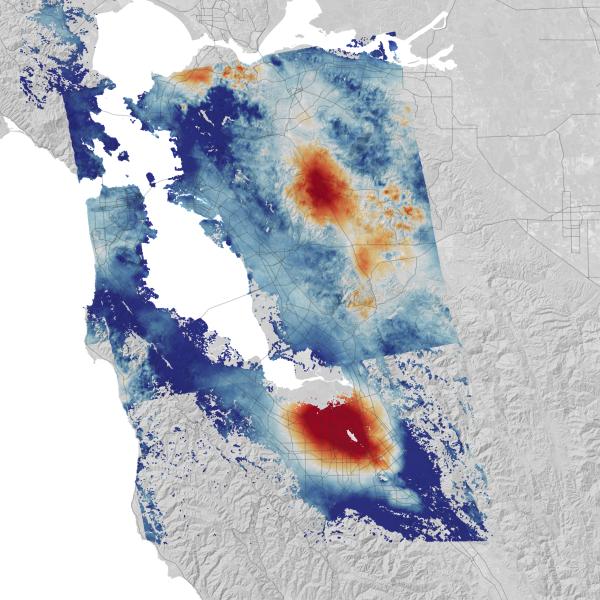
Join Our Community of NASA Data Users
While NASA data are openly available without restriction, an Earthdata Login is required to download data and to use some tools with full functionality.
Learn About the Benefits of Earthdata LoginFrequently Asked Questions
Earthdata Forum
Our online forum provides a space for users to browse thousands of FAQs about research needs, data, and data applications. You can also submit new questions for our experts to answer.
Submit Questions to Earthdata Forumand View Expert Responses